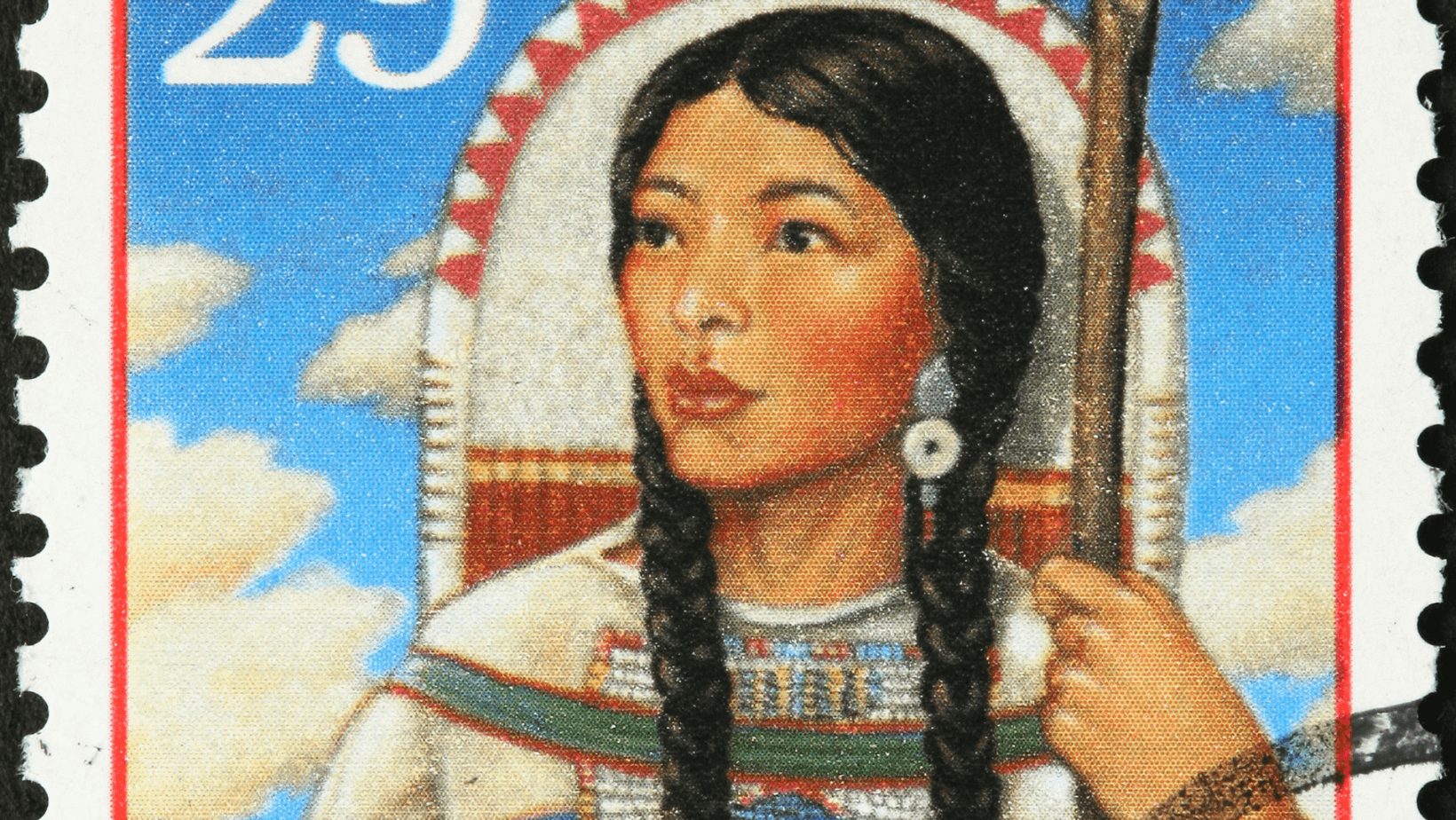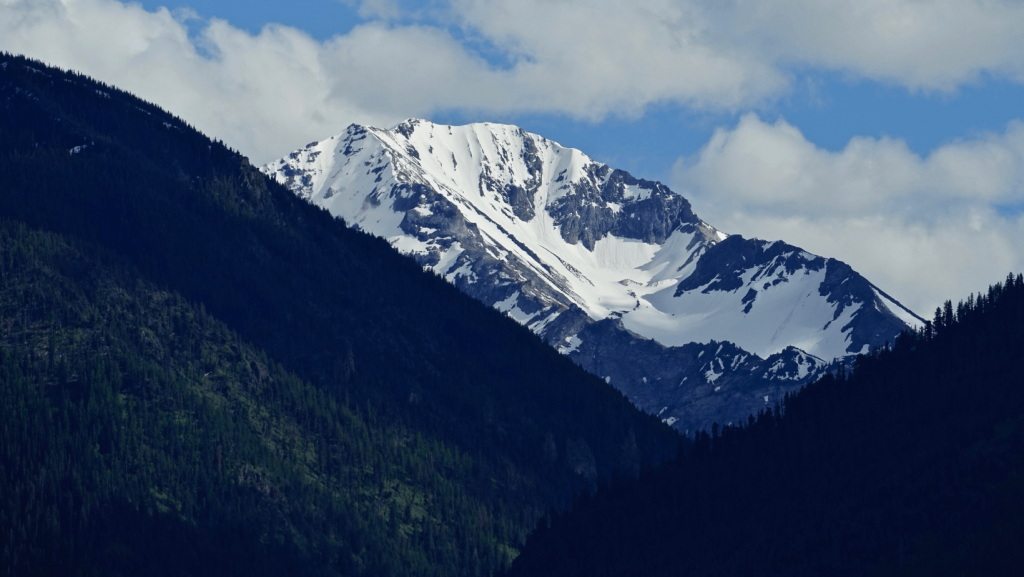
Who Was Sacagawea?
Despite Sacagawea’s status as a well-known historical figure, separating fact from legend in her life is difficult for historians. There is disagreement on the dates of her birth and death, although estimates place her birth around 1788 and her death around 1812. Even the exact spelling and meaning of her name have been debated.
In Hidatsa, Sacagawea – pronounced with a hard g – translates into “Bird Woman.” However, some favor the spelling Sacajawea, which means “Boat Launcher” in Shoshone. Most of the journals from the Lewis and Clark expedition spell her name Sacagawea, which has become the most commonly-used variation.
A member of the Lemhi band of the Native American Shoshone tribe, Sacagawea spent her early life in the Salmon River region of what is now Idaho. When she was about 12 years old, she was captured by a Hidatsa raiding party and was taken to their Knife River earth lodge villages near present-day Bismarck, North Dakota. In 1804, she was purchased by French Canadian fur trader Toussaint Charbonneau and became one of his several wives.

The Lewis and Clark Expedition
After acquiring roughly 828,000 square miles of territory from France with the Louisiana Purchase in 1803, President Thomas Jefferson wanted explorers to survey the land. He asked his secretary, Meriwether Lewis, to head the Corps of Discovery. Lewis chose his former military superior, William Clark, as his co-captain.
After over a year of planning and initial travel, Lewis and Clark reached the Hidatsa-Mandan settlement with their men in November 1804. At the time, Sacagawea was about six months pregnant. The expedition hired Charbonneau to accompany them as an interpreter, however, he did not speak the Shoshone language. Since the explorers needed to communicate with the Shoshones to obtain horses to cross the mountains, they agreed that Sacagawea should also accompany them.
On February 11th, 1805, Sacagawea gave birth to a son, Jean Baptiste. The expedition departed less than two months later, beginning their ascent of the Missouri on April 7th. She quickly became an indispensable member of the party. In May, Charbonneau nearly capsized the boat in which Sacagawea was riding. Amid the chaos, she retrieved important papers, instruments, books, medicine, and other valuables that were nearly lost. The next week, Lewis and Clark named a tributary of the Musselshell River “Sah-ca-gah-weah,” or “Bird Woman’s River,” after her.

Sacagawea’s Legacy
Contrary to popular belief, Sacagawea was not the guide for the expedition. However, she was a huge asset to the party in many ways. She regularly assisted by searching for edible plants and making moccasins and clothing for the explorers. Her presence itself was also helpful by lessening the suspicions of any approaching Native American tribes – a woman and child accompanying the group of men signaled peaceful intentions.
While she wasn’t the official guide, Sacagawea did provide valuable insight regarding potential routes. For example, she recognized Montana landmarks and told Clark that Bozeman Pass was the best route between the Missouri and Yellowstone rivers on the return journey. Upon their return to the Mandan-Hidatsa villages in 1806, the Charbonneau family disengaged from the expedition party. Charbonneau received 320 acres of land and $500.33 for his service, but Sacagawea herself received no compensation.
Most historians believe that Sacagawea died in 1812 several months after giving birth to a daughter, Lisette. Soon after, William Clark became the legal guardian to both Lisette and Jean Baptiste. Sacagawea has been memorialized with monuments, statues, and stamps, in addition to several landmark and location names. In 2000, she became even more widely recognized when she appeared on a gold-tinted dollar coin produced by the US Mint.
Weekly Trivia
Enter your guess to reveal the answer.
